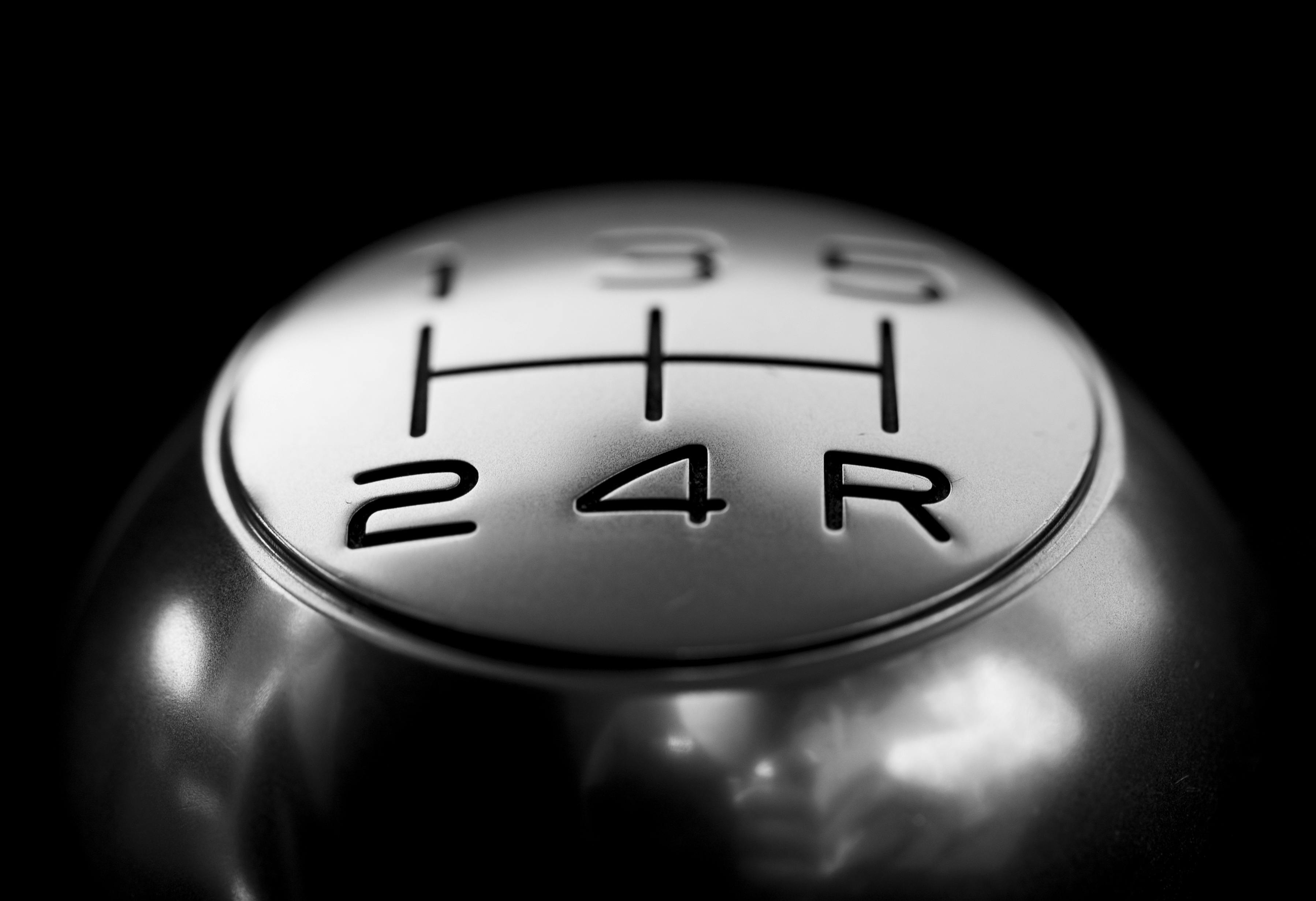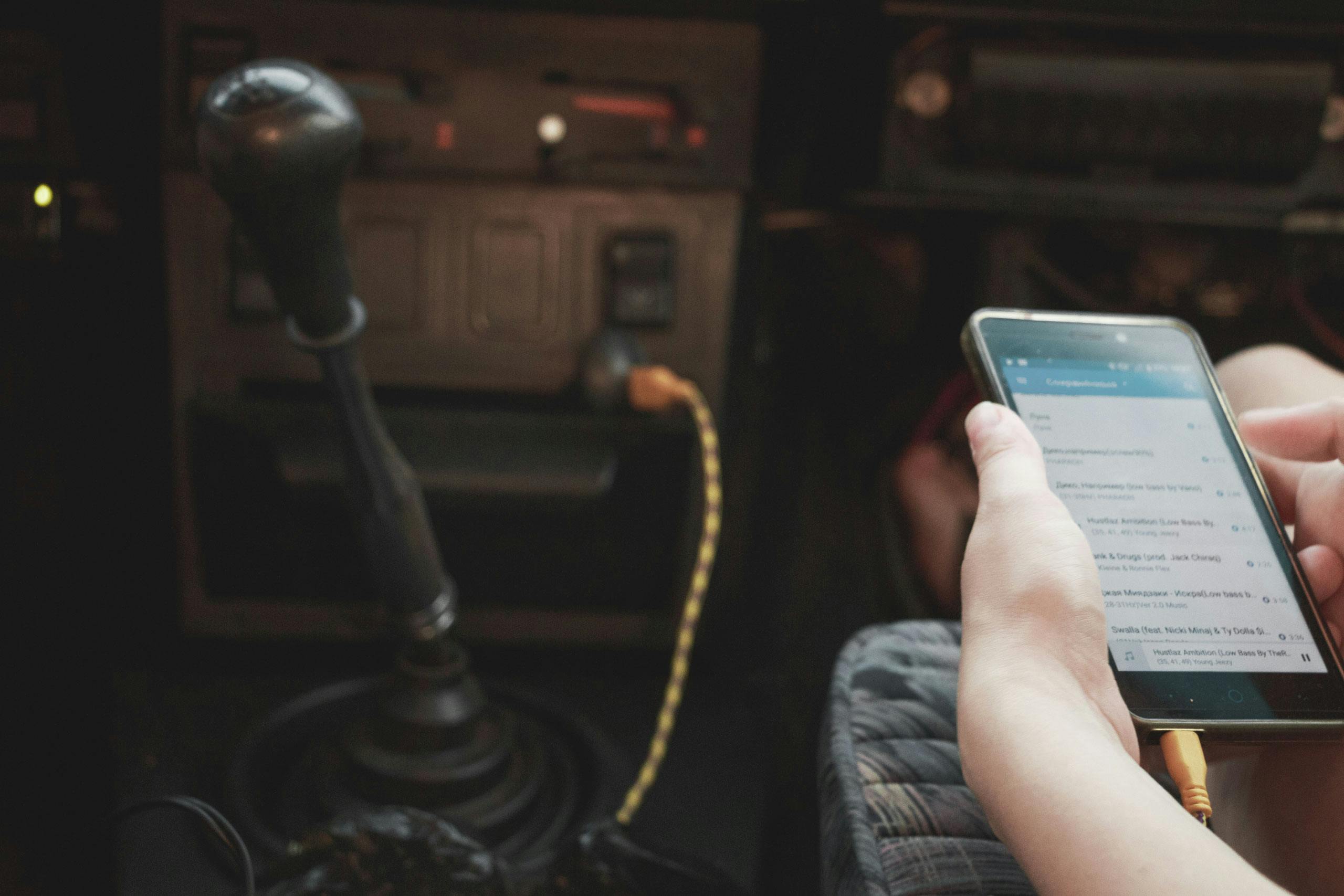There is a lot of information about car care, car details, and the right (or wrong) products for each step of the process. This list of helpful car cleaning tips will help you get the job done right the first time and save you from wasting time, money, and water.
Do you know what is the most versatile automotive cleaning product you already have? Is it true that high temperatures and bright sunlight are your worst enemy when washing your car? Read on for the answers to these questions and more.
Be responsible – try a waterless car wash. A TON of water is wasted every time you take your car to the car wash or wash it in your driveway. Beyond the obvious problem of wasting gallons and gallons (up to 140 per wash) of water, that water, and all the chemicals, brake dust, tar, and other debris it contains, produces toxic runoff that seeps back into streams. . and other water sources in your neighborhood. Instead of wasting water and polluting your environment, try a naturally derived car wash that sprays and wipes clean. The results are excellent and your impact on the natural world is significantly reduced.
Microfiber towels are the key – toss out those old t-shirts and towels. Microfiber towels are the only way to go to clean your car. They are lint free, will not cause scratches or streaks. Imagine your car windows and mirrors sparkling clean without even the slightest swirl or streak from your glass cleaner! High-quality microfiber towels contain ultrafine fibers that are machine woven to create tiny loops. These loops absorb much more liquid than a regular cotton towel – they can hold 8 times their weight in water! Plus, the electrostatic properties of microfiber towels mean that they literally attract dust and dirt, allowing you to lift dirt off the surface, rather than just rubbing it off. The only downside to microfiber towels is that they require special care. Microfiber towels should be washed with detergent only; NEVER use bleach or fabric softener as it will destroy the electrostatic charge that is so helpful for cleaning. Also, towels should be hung to dry or dried on low heat or no heat to prevent the synthetic fibers from melting. When cleaning with microfiber towels, spray the car care product on the towel first, NOT directly on the surface. This will keep overspray on other surfaces to a minimum and prevent you from cleaning the same surface twice.
Don’t clean your car in the sun. If you can avoid it, never clean your car in direct sunlight or high temperatures. Whether you’re washing the exterior of the vehicle, cleaning the dashboard, or polishing the windows, any liquid you spray on or in your car will evaporate very quickly in the sun or heat. Evaporation is a problem for two reasons. First of all, you are spending time and energy cleaning the car. Why make the job longer and more difficult by having to constantly re-spray and clean areas over and over again? Even pure water will leave stains and streaks if it evaporates on the surface of your car. Second, consider the effect that chemical evaporation can have when cleaning the interior of your car. The liquid turns into a gas and is inhaled by you and your family members, posing a potentially serious health risk. If possible, clean your car in the shade to make the process more efficient and not endanger your health. This is yet another reason to opt for non-toxic car care products.
Empty, empty, empty. This may seem pretty obvious, but vacuuming as much of your vehicle as possible will make cleaning much easier. Don’t just vacuum the carpets and upholstery – get those accessories out and vacuum the dust off the dash and those little nooks and crannies. The more you vacuum first, the less you have to clean up afterwards. Always remember to vacuum first, before any other interior cleaning, to avoid re-contaminating freshly cleaned areas when the dust starts to fly.
You already own many great car cleaning tools. Think of all the items you have around the house that could make cleaning your car easier. Q-tips are perfect for cleaning those small spaces where dust collects, like air vents. Do you have canned air in your computer desk? “Dust Off” is great for removing dust from your computer keyboard AND from crevices in your car console, cup holders, or other small places. A soft brush is a great tool for detailing your board. Keep household items like these on hand for car cleaning and you’ll have a vehicle that’s been thoroughly and efficiently cleaned.
Don’t do the job twice – clean the glass last. Cleaning the windows and mirrors last will prevent recontamination from other car care products that overspray the glass. Don’t forget to lower the window halfway to clean the top edge of the glass, and try up-and-down and side-to-side motions instead of a circular motion to make sure the entire window has been cleaned and polished.
Avoid any product that contains ammonia or silicone. Ammonia and ammonia fumes cause plastic, rubber, vinyl, and leather to crack and dry out, and will also damage aftermarket window tint. The last thing you want to do when trying to improve the appearance of your car is prematurely age it with ammonia! Some interior protection products contain silicone, which will cause your dashboard and other surfaces to turn yellow over time. Silicone also leaves behind a residue that will attract dust, requiring you to clean more often.
Dishwasher detergent = NO car wash. Dishwashing liquid is popularly believed to be a convenient substitute for car soap. Unfortunately, just as it can dry out skin, it also dries out car paint by removing polymers. Regular use of dishwasher detergent as a car wash will accelerate the oxidation of the paint, making it look old, flat, and dull. Avoid ruining your car’s paint by opting for a waterless car wash.
You don’t need a clay bar to remove dried tree sap. Don’t have a clay bar? You don’t even know what a clay bar is? It is not a problem. There are incredibly powerful all-purpose automotive cleaners on the market that can remove hard-to-clean spots like bird droppings, bugs, and fresh tree sap, but for dried sap, use mineral spirits. Apply mineral spirits to the stain and then wipe the sap off very gently with a quality microfiber towel. Make sure to be as gentle as possible while cleaning and away from the surface of the car.
White vinegar is a car care panacea! White vinegar is hands down the most versatile cleaning agent you probably already own. It can be used to clean winter salt stains from your car carpets, remove odors, polish chrome, prevent frost from forming on your car windows, and clean grime from your windshield wipers that cause them to drag across the windshield. and cloud your vision. It can also remove even the nastiest messes from your car, including gum from the carpet and old stickers from your bumper. Here are some helpful recipes:
– Remove salt stains from carpets – Mix equal parts of white vinegar and water. Apply to stain and wipe clean with a microfiber towel.
– polished chrome rims with pure white vinegar and a microfiber towel. Use a second towel to polish your chrome to a brilliant shine.
– Prevent frost from forming on your windows – Mix 3 parts white vinegar and 1 part water in a spray bottle. Spray your windshield and windows at night and wake up to frost free windows!
– Remove gum from carpeting and old bumper stickers. – apply undiluted white vinegar to the area. Allow it to fully saturate the problem site and then gently loosen and remove. Use an old card to scratch off the stickers.
– remove odors – mix 1 part white vinegar with 20 parts water in a spray bottle. Spray the solution into your car’s air intake, and then run the air conditioner at full power for 10 minutes.
– Stop wiper blur – apply undiluted white vinegar to a microfiber towel and wipe the length of the wiper blades several times to remove dirt and debris.



